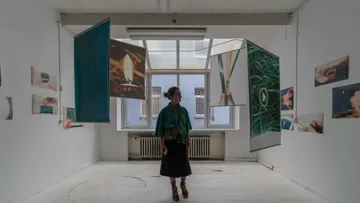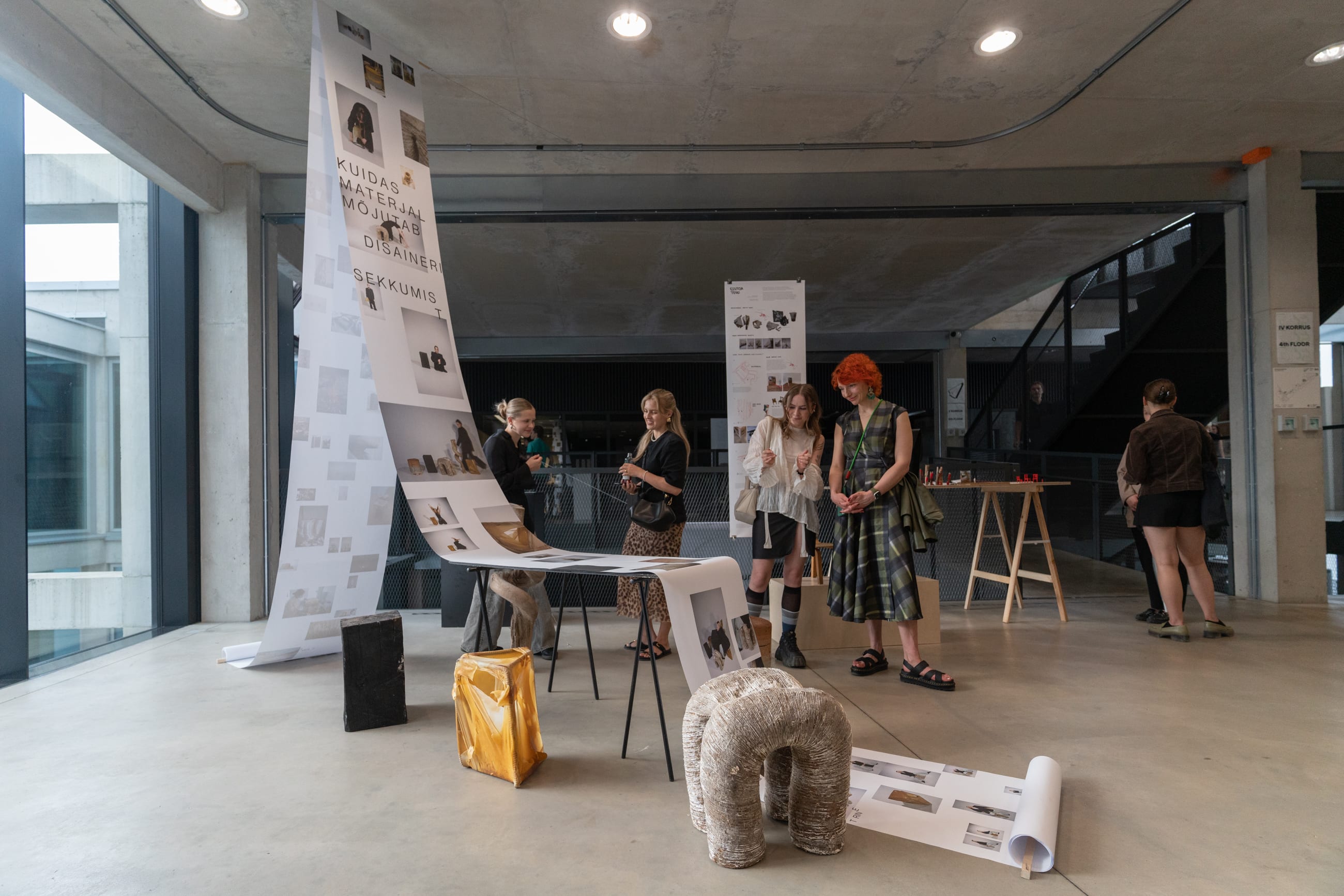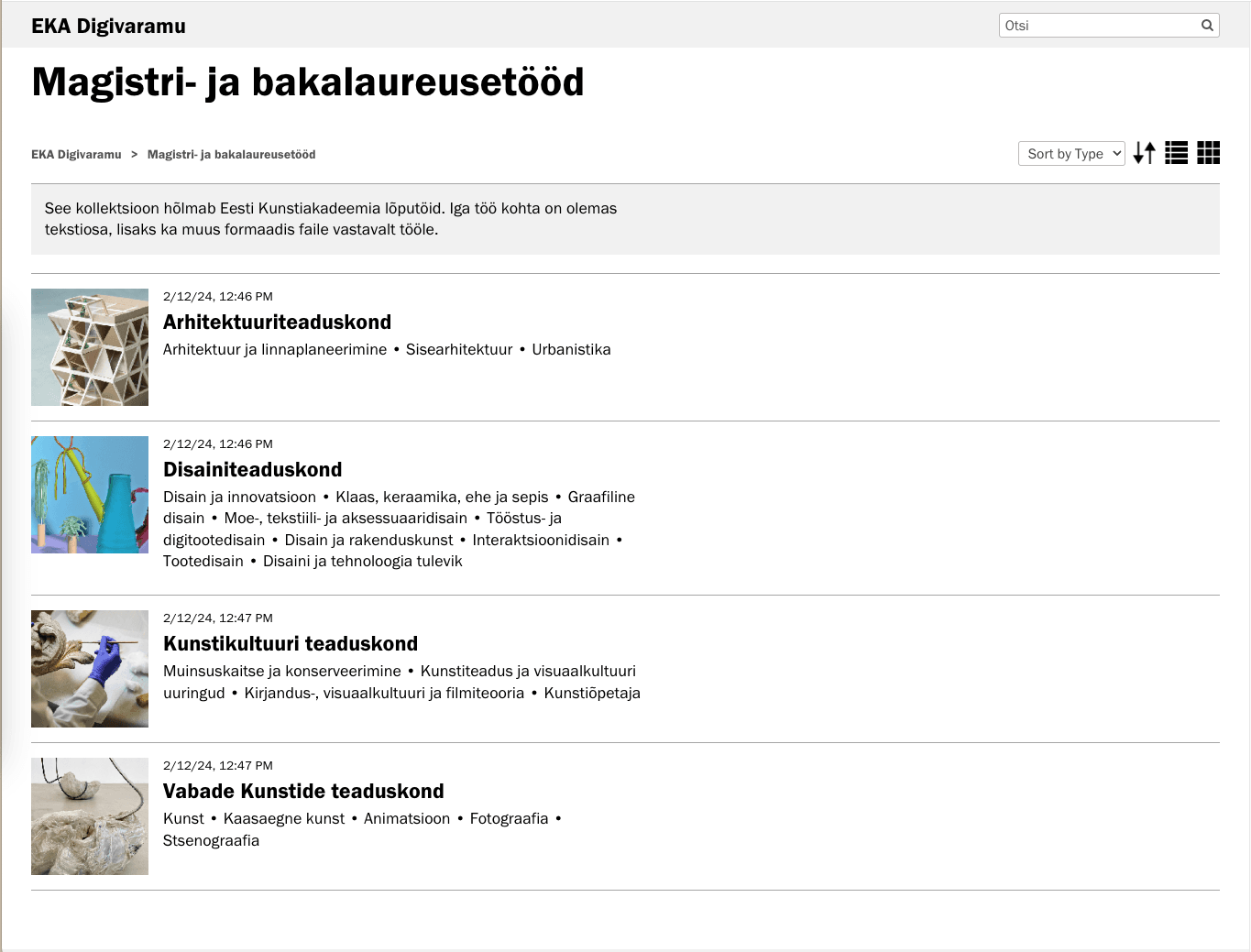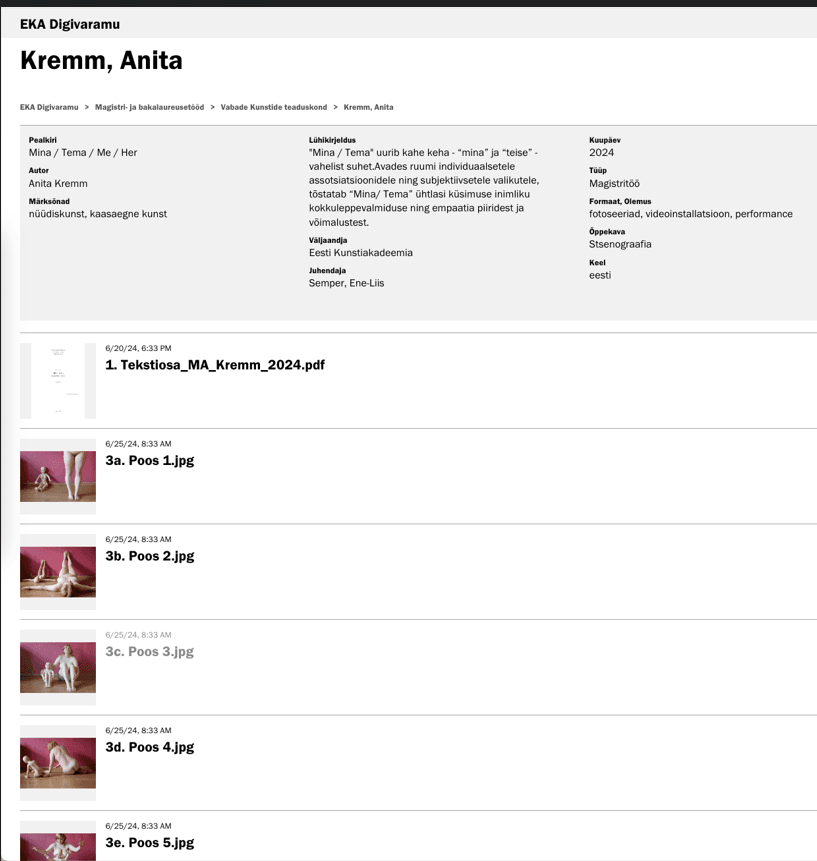How the Estonian Academy of Arts Quickly Streamlined Their Digital Preservation Process
EKA's quest for enhanced Digital Preservation led them to explore Preservica, inspired by a historical connection and the potential for tailored solutions for their diverse digital assets.

Executive Summary
The Estonian Academy of Arts (EKA) is a prestigious institution dedicated to fostering creativity and innovation in the arts. It manages a diverse range of digital assets, including student theses, artist books, research data and historical photo collections. With a goal to enhance its Digital Preservation efforts, EKA sought a robust solution to centralize and safeguard these valuable digital assets.
The journey to selecting Preservica began with a historical connection. An EKA team member had previously worked at the National Archives of Estonia (E‑ARK project), where Preservica’s software was used. Initially, EKA did not consider Preservica, as it was perceived as a solution suited only for larger institutions like national archives and potentially too costly. However, upon learning from colleagues at the National Archives about Preservica’s development of a simpler product tailored for users with more basic needs, EKA decided to explore Preservica’s offerings.
Challenge: Dispersed Digital Assets, Technical Limitations and Organizational Hurdles
EKA faced significant challenges in managing and preserving its digital collections. Decision-makers were involved from the start and the main arguments for a new system included the dispersed nature of digital materials, the lack of a single access portal (resulting in some collections being accessible only to specific individuals) and the absence of a systematic approach to the long-term preservation of digital collections.
Existing solutions, like Google Drive, were insufficient for handling the growing volume of data and lacked systematic preservation capabilities. The institution also faced internal challenges, including limited IT resources and unclear roles in Digital Preservation efforts.
EKA also faced several technical challenges. The institution lacked on-site development capacity, with limited IT personnel and server management capabilities. There was also a general misconception that simple backups were enough for preserving valuable digital assets, despite the need for more comprehensive digital preservation strategies.
The concern over a transition from EKA's legacy Digiteek system to a new platform added to the complexity. Digiteek, a proprietary and self-hosted system, stored data in a PostgreSQL database and used a legacy Perl application for its user interfaces. Exporting the data from Digiteek—comprising 27GB of media files, including 2,521 artworks and 7,080 files—was a significant undertaking, especially since the system was no longer supported by its developers.
Additionally, EKA struggled with centralized organizational management in this area. The Digital Preservation process required contributions from various departments, yet the roles and responsibilities were undefined. The absence of dedicated project management, varying skill levels in information systematization and limited resources made the task even more daunting. These factors highlighted the need for a robust Digital Preservation solution capable of handling both the technical and organizational aspects of managing EKA's growing digital collections.

Solution: Tailored Support and Effective Implementation
The partnership between EKA and Preservica proved highly beneficial, particularly in the customization and implementation phases.
Preservica's ability to tailor their demonstrations to EKA's specific needs proved invaluable. The customized demos gave EKA a clear vision of how their data would be managed and displayed within the system.
EKA selected Preservica's Professional Edition as their solution of choice for its advanced features. Professional's comprehensive capabilities, including seamless integration, user-friendly interfaces and effective metadata management, provide EKA with a reliable platform to safeguard their diverse digital assets while ensuring accessibility and longevity.
Despite time constraints that led EKA to rely primarily on a "learning by doing" approach, the support, patience and expertise from the Preservica team were essential in ensuring a smooth transition.

“Without a doubt, the greatest benefit is that the digital material is preserved. Thanks to Preservica, we have full confidence that our video files and the extensive, labor-intensive projects of our art students will be beautifully preserved and accessible. The ability for students to share their work through Preservica UA links, especially on mobile phones, has been a game-changer. Whether it’s showcasing an award-winning design artifact to external visitors or simply ensuring everything displays perfectly, Preservica delivers. We would highly recommend their solution!”
Karin Oolu, Head of Library, EKA
Results: Achieving Results in Record Time
EKA’s Success Factors
EKA achieved a remarkable implementation pace both in the internal Admin application (Explorer view) for organizing their collections and in their public-facing portal. Their progress has been impressive, with a clean and clear interface now available for students and the public to explore. The speed at which EKA populated the system and made a large number of digital assets publicly accessible is a testament to how efficiently Preservica can be implemented, even for institutions with minimal resources. This success has not only streamlined asset management but also empowered students to showcase and share their work effortlessly via the public portal.
1. Student-Generated Metadata
With limited staff resources at EKA, students took on the responsibility of creating metadata for their own works during the ingest process. This approach not only ensured that the metadata was generated simultaneously but also made future updates and management more manageable compared to handling it internally. Although some inconsistencies remain, this method allowed for a more streamlined workflow.
2. Focused, Short-Term Goals
EKA set a clear and concentrated short-term goal: to ingest this spring’s theses while delaying other tasks such as preservation plans, metadata organization, and ingesting additional collections. This focused approach allowed them to prioritize and efficiently complete the most immediate and critical tasks. With publication permissions secured, they can now concentrate on further preservation actions.
3. Seamless External View Integration
Establishing the external view at eka.access.preservica.com was a significant achievement, made possible through collaboration with two outside designers. The team was quickly won over by Preservica’s ability to display all formats effortlessly, without requiring additional work on EKA’s part. This successful integration fueled the team’s enthusiasm, helping them meet their goal of ingesting graduates’ theses within just a few weeks.

“The speed and efficiency with which the Estonian Academy of Arts achieved their goals with Preservica have been remarkable. EKA’s journey from learning our system and testing metadata in February to meeting with designers and fully launching by May showcases both their dedication and the effectiveness of our tailored approach. We are thrilled that our solution met and exceeded their expectations, providing a seamless experience for preserving and showcasing their valuable digital assets. EKA’s success underscores Preservica’s commitment to delivering customized, user-friendly solutions that drive meaningful results.”
Mike Quinn, CEO, Preservica
Want to learn more?
Discover how Preservica can accelerate your Digital Preservation efforts and enhance the management of your valuable collections. Contact us today to learn more about our customized solutions and start your journey toward seamless Digital Preservation.
